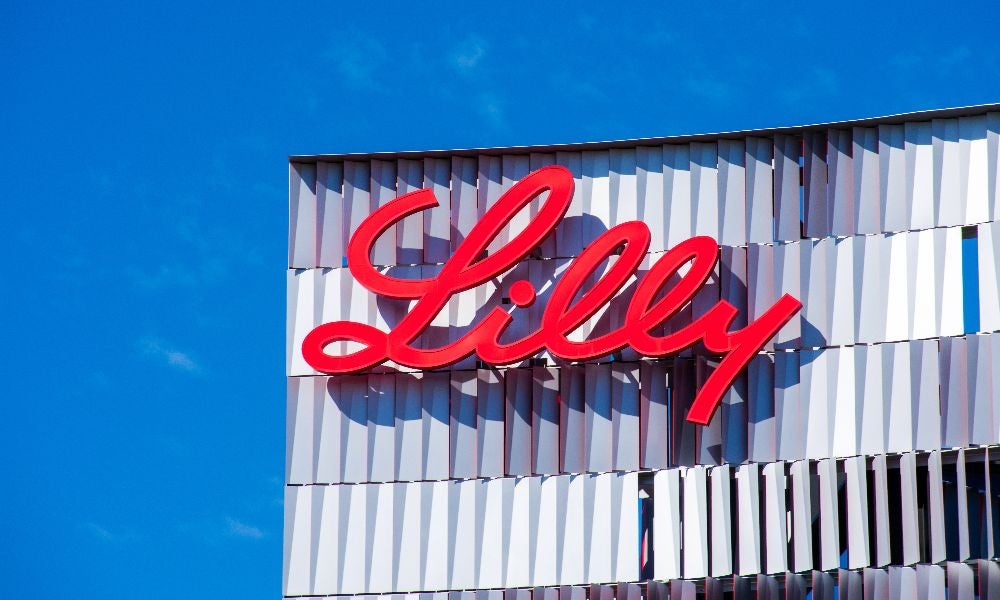When bad news travels too fast: The Blockchain challenge
As blockchain-based social media expands, misinformation poses new operational risks and challenges for organisations and business stability
A single fake tweet cost pharmaceutical giant Eli Lilly dearly in 2022. The company watched its stock price plummet 4.37% after a fraudulent social media post falsely claimed insulin would be free. This stark example demonstrates how misinformation can devastate business operations and shareholder value within hours of appearing online.
The Eli Lilly incident represents just one facet of a broader crisis facing modern enterprises. Misinformation on social platforms now threatens everything from stock market stability to operational continuity. Similarly, a rumour began on WhatsApp in 2019 that a UK-based bank was facing financial difficulties and might shut down. By 4pm, there were lines of anxious customers outside several branches looking to close out their accounts or empty safe deposit boxes, causing the bank's share price to tumble 9% when markets reopened.

It has been estimated that fake news costs US$39 billion in stock market losses every year, and an additional $17 billion in poor financial decisions resulting from disinformation, with the overall financial toll at around $78 billion per year globally. In response, traditional social media platforms like X (formerly Twitter) and Facebook have developed sophisticated response mechanisms, including content moderation, algorithmic suppression, and user account suspensions. These centrally controlled platforms allow rapid intervention when false information begins spreading.
However, businesses now face an entirely new challenge as decentralised social networks (such as blockchain-based platforms Steemit and Hive) reshape how information spreads online – creating both fresh opportunities and new risks for organisations worldwide.
The decentralised difference: Why traditional approaches fall short
The shift from centralised to blockchain-based decentralised platforms represents more than a technological change. It fundamentally alters how information moves through networks and how businesses can respond to misinformation threats. Recent research published in the Journal of Operations Management reveals that these platforms operate under completely different rules than their centralised counterparts.
The research, conducted by Sunil Mithas, a Visiting Professorial Fellow at UNSW Business School and Professor at University of South Florida's Muma College of Business, together with Assistant Professor Onkar Malgonde from North Carolina State University's Poole College of Management, and Professor Balaji Padmanabhan from the University of Maryland's Robert H. Smith School of Business, used agent-based simulation models to compare misinformation behaviour across platform types. The researchers simulated real-world data from over 1.3 million users on Steemit, a blockchain-based decentralised platform, and Pokec, a traditional centralised network, running extensive simulations to understand diffusion dynamics.

The findings challenge conventional wisdom about online misinformation. The research revealed that in the absence of any mitigating mechanisms, "misinformation in decentralised platforms affects more users, at faster rates, and reaches a shorter distance from the misinformation initiating user" compared to centralised platforms. This represents a significant shift in how businesses must approach reputation management and information monitoring.
“Research on identifying and addressing misinformation diffusion has a long and rich history,” said Prof. Mithas. “However, this literature has primarily focused on centralised platforms. This focus has partly been due to the availability of data and access to centralised platforms, and the popularity of centralised platforms. With the increasing popularity of decentralised mechanisms and decentralised social networks, there is little policy guidance for organisations that must navigate the decentralised landscape.”
Understanding the Blockchain social media phenomenon
Traditional social media platforms operate under centralised control, where platform owners like Meta or Twitter dictate content policies, revenue sharing, and user access. Platform controllers can implement swift responses to misinformation through user bans, content removal, or algorithmic suppression. However, Prof. Mithas observed that a fundamental challenge persists: how and who identifies misinformation before focusing on reducing its spread?
Learn more: How banks transformed social media complaints into customer loyalty
The platforms may engage with independent organisations to “verify” content, but he noted that this approach has been criticised for bias. Further, Prof. Mithas said excessive moderation and censorship alienate platform users (for example, when a large number of X users moved to Bluesky).
Decentralised platforms work differently. Built on blockchain technology, they operate through community consensus rather than corporate oversight. Users participate directly in platform governance through decentralised autonomous organisations, earning and trading native tokens while contributing to content curation and platform rules. No single entity controls the data, infrastructure, or governance mechanisms.
This fundamental difference creates what researchers term "organic diffusion dynamics", where information spreads naturally through network connections rather than being shaped by algorithmic interventions. The absence of centralised control means misinformation can propagate more rapidly and broadly before community-based mitigation mechanisms take effect.
“On decentralised platforms, there is no central controller (owner) to suspend content,” said Prof. Mithas. “It is up to the community to judge content quality and relevance. Consequently, community consensus takes precedence over platform policy, such as growth and profits. Also, users cannot be banned and content cannot be deleted.”

Three solutions for decentralised governance
Despite these challenges, the research identified three community-based mechanisms that successfully reduce misinformation spread on decentralised platforms. These solutions leverage collective wisdom rather than top-down control.
User flagging emerged as the most effective approach, allowing community members to identify suspicious content collectively. When users flag posts as potentially misleading, this information becomes visible to all platform participants, creating a distributed warning system that operates without central authority.
User article ratings, another approach, allow community members to rate content quality and accuracy, with average scores displayed publicly. Content receiving consistently low ratings gets identified as potentially problematic, enabling other users to make informed decisions about sharing or engaging with questionable material.
User reputation systems form the third pillar, where content creators build credibility scores based on their historical contributions. Posts from users with poor reputation scores receive additional scrutiny from the community, while established contributors benefit from increased trust and visibility.
Subscribe to BusinessThink for the latest research, analysis and insights from UNSW Business School
The research demonstrated that these mechanisms work effectively when implemented together. Platforms utilising all three approaches showed significantly reduced misinformation spread compared to systems without community governance tools.
Strategic implications for business operations
These findings carry implications for organisations operating in the social media landscape. For example, the research suggests companies must recognise that their current social media crisis management playbooks may prove inadequate for decentralised platforms. The faster spread and broader reach of misinformation on these networks demand more agile response strategies and potentially different resource allocation for monitoring and reputation management.
The community-driven nature of decentralised platforms also creates opportunities. Organisations that invest in building authentic community relationships and establishing strong reputation scores may find themselves better positioned to weather misinformation attacks. The transparent, immutable nature of blockchain records means that consistent, truthful communication builds lasting credibility.
Learn more: Could decentralised identities put a stop to deepfakes?
Furthermore, the research indicates that popular content creators may lose some of their premium positioning on decentralised platforms, where information spreads more democratically. This levels the playing field for smaller organisations while requiring larger companies to rethink their influencer marketing strategies.
“In summary, although strategies for handling misinformation diffusion and the mechanisms through which misinformation spreads are largely known for centralised platforms, the same set of strategies and approaches are unlikely to yield desired outcomes on decentralised platforms,” said Prof. Mithas. “Hence, organisations must be proactive to organically develop connections within the community and maintain relevance rather than reactively addressing misinformation when it is likely to be too late during a crisis.”
The emergence of blockchain-based social networks represents more than a technological curiosity. As these platforms gain traction, businesses must prepare for an environment where misinformation moves faster and reaches further, but where community-based solutions offer new paths to protection. The companies that adapt their strategies now will be best positioned to thrive in this decentralised future.
